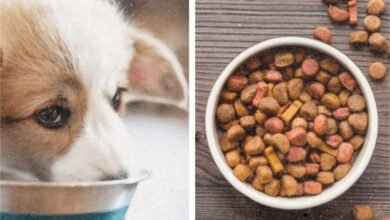
These 10 Animals Are Sadly On The Brink Of Extinction
It is widely known that human activity is causing significant detrimental impacts on our planet. This phenomenon is most evident in the gradual disappearance of animal species due to our encroachment on their habitats. Although it is possible to observe these species in zoos, if we fail to take prompt action, a significant number of these remarkable creatures will permanently vanish from their natural habitats. These are the creatures experiencing a distressing population decline on our planet at a concerning pace.
1. Gorillas
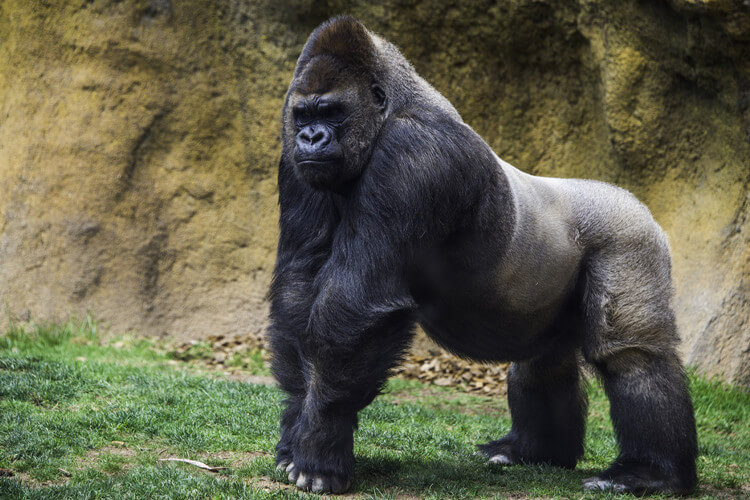
Three out of the four species of gorillas, which are our closest living relatives, are gradually declining in numbers in their natural habitats. The Mountain Gorilla is the only species that is not categorized as endangered, yet they are nonetheless listed as threatened. The Cross River Gorillas are the most severely impacted; presently, there is a mere population of approximately 150-180 remaining in their natural habitat. Human conflicts, poaching, and habitat destruction primarily cause the gradual decrease in the gorilla population. Their limited reproductive capacity further hinders the gorillas’ recovery.
2. Rhinos

These colossal and formidable beings possess a sweet nature, yet they are vanishing at a distressing pace. Among the five rhino species, the black rhino, Javan rhino, and Sumatran rhino are considered the most critically endangered creatures on the planet. Currently, the global population of Javan rhinos stands at a mere 46–66 individuals. Traditional Chinese medicine continues to utilize the horn of these animals as a status symbol for affluent purchasers.
3. Sea Turtles
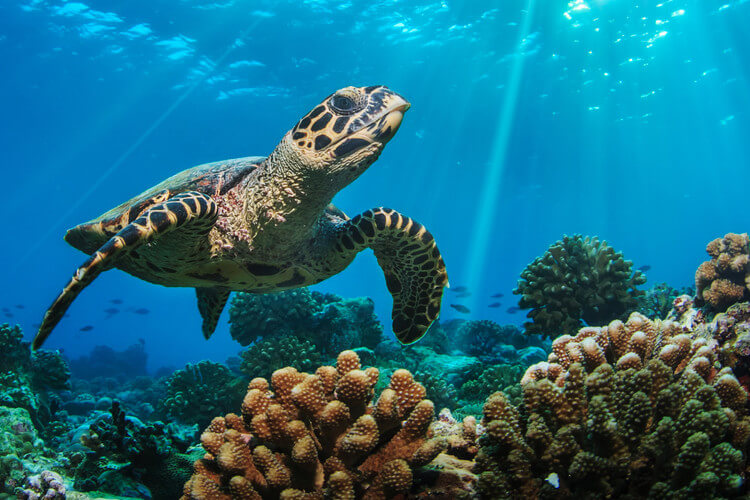
If you have experienced scuba diving or snorkeling in the Pacific Islands, you will comprehend the immense impact of losing these magnificent creatures. With the increase in sea levels, numerous beaches that play a critical role in sea turtle breeding may become submerged. Prior to that time, sea turtles must be concerned about individuals who illegally hunt sea turtles for the purpose of obtaining their eggs, shells, flesh, and skin. In addition, the increase in temperatures causes the eggs to become warmer, resulting in a shift in the sex of the turtles towards females. This might potentially lead to a shortage of males, jeopardizing the survival of the species.
4. Saola

The saola is an extremely scarce species, often referred to as the Asian unicorn. Vietnam welcomed the discovery of these animals in 1992, hailing it as one of the most significant zoological discoveries of the 20th century. Consequently, it is challenging to accurately quantify the remaining population of these atypical species. However, current data indicate that their numbers are quite low.
5. North Atlantic Right Whale
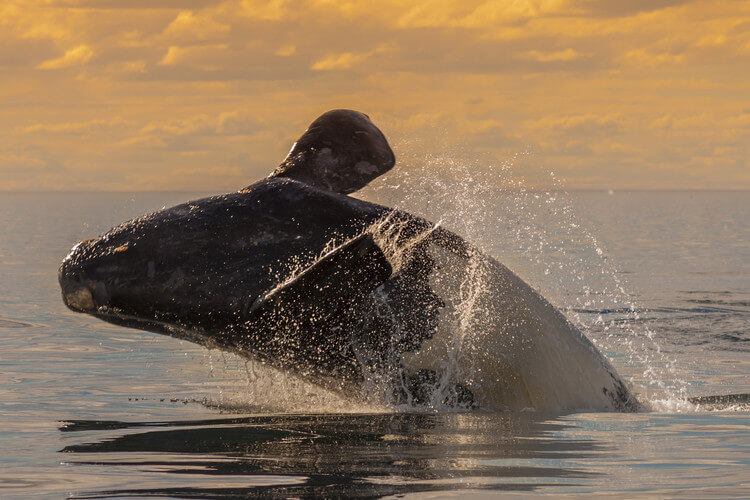
Only about 400 of these whales remain worldwide, primarily in the North Atlantic Ocean. They mostly consume zooplankton and, as a result, live in the upper layers of the water, making them vulnerable to poaching and boating accidents. Their population has experienced a sluggish recovery, with just 100 breeding females remaining who reproduce at intervals of 6 to 10 years.
6. Gharial

Upon merely examining their physical form, one could easily confuse them for ordinary crocodiles. However, a single glance at the snout reveals that this belongs to a completely distinct species. The Gharial, a crocodile sub-species endemic to India, exclusively consumes fish for its diet. Regrettably, many species have become extinct due to the destruction of their natural habitats and environmental contamination. Poachers often target these creatures due to their frequent use in traditional medicine, compounding the existing problems.
7. Kakapo

The Kakapo is an avian species that lives on the ground and is indigenous to New Zealand. Regrettably, humans are unlikely to ever witness their presence, primarily due to their extensive subterranean activities. Currently, the population of these endearing creatures stands at a mere 140 individuals, with a significant decline attributed to both poaching and the presence of non-indigenous species such as cats and dogs. When confronted with danger, the Kakapo exhibits a response known as freezing, in which it remains motionless and camouflages itself with its environment. This strategy is highly efficient against predators that rely on visual cues for hunting, but it is comparatively less effective against predators that primarily rely on olfactory senses, such as cats and dogs.
8. Amur Leopard

Many large cats around the world are at risk of extinction, but the Amur Leopard is currently in the most vulnerable state. People primarily hunt this stunning animal in Asia due to its use in traditional medicine and the attractiveness of its fur. Experts estimate that the current global population of these leopards is less than 70.
9. Vaquita

They are the tiniest mammals in the water, and sadly, they may be the world’s most endangered animals. According to a July 2019 count, there are only about nine of these animals alive in the world. People primarily hunt them for the totoaba fish, an entirely distinct species. Their nets ensnare the Vaquitas, preventing them from swimming to the surface, leading to their eventual drowning. This criminal activity is still going on even though conservation groups have tried to stop it, this criminal activity continues.
10. Tooth-Billed Pigeon
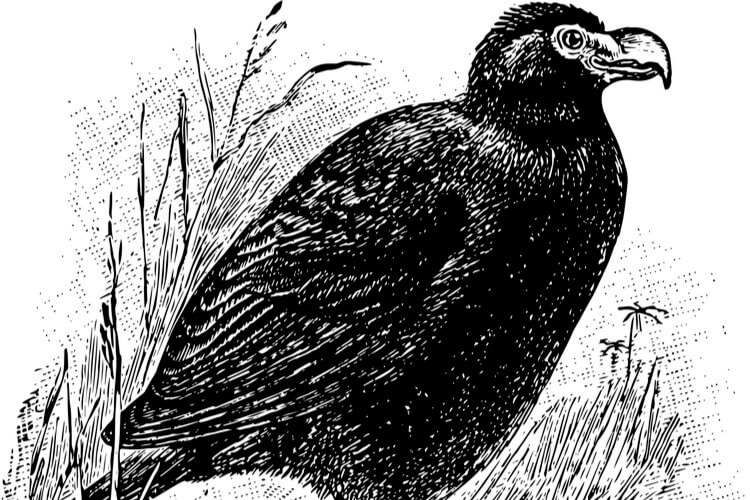
The dodo bird is the closest living relative to these pigeons, and both are rapidly going extinct. At the moment, these birds only live on Samoa. Only about 70 to 380 of them are left in the wild. Hunting was the primary reason this bird population fell so low. Despite the law’s prohibition on hunting, careless poachers and chance still lead to the shooting of these birds.


